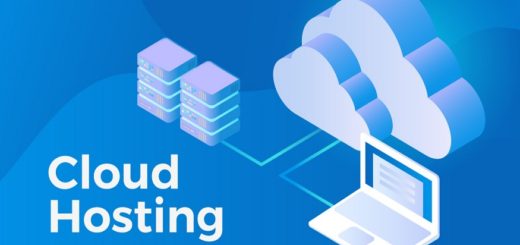A Beginner’s Guide To Understanding Compensation Dashboards
Introduction to Compensation Dashboards
In a world where data drives decision-making, understanding a compensation dashboard becomes a crucial skill. Designed to provide real-time insights into how organizations handle pay structures and performance incentives, compensation dashboards offer an analytical perspective on employee compensation. For HR professionals, team leads, and managers, mastering this tool can empower them to make informed strategic decisions, leverage salary data effectively, and foster a transparent pay culture.
What is a Compensation Dashboard?
A compensation dashboard is a data visualization tool that consolidates salary, bonus, incentive, and benefits-related information into a cohesive, easy-to-understand format. Think of it as a specialized control center that displays critical financial metrics for your team or broader organization. By consolidating this information, stakeholders can quickly assess pay distribution, identify trends, and flag potential concerns around employee pay fairness or budget allocations.
Key Components
Typically, a compensation dashboard includes:
– Base Salary Information: Displays average salaries across various departments and roles.
– Incentives and Bonuses: Identifies how performance-based pay is being distributed.
– Benefits Overview: Shows which benefits are most utilized and by whom, offering insights that can drive better benefit management.
– Market Comparison: Benchmark roles or departments against industry standards.
– Diversity Pay Analysis: Highlights any variances in how different demographic groups are compensated.
Why Compensation Dashboards Matter
Understanding the value of a compensation dashboard lies in its ability to demystify complex pay structures, much like a compass guiding you through an intricate monetary landscape. Not only do these dashboards facilitate informed decision-making, but they also serve as a platform for maintaining transparency within the organization.
Strategic Advantages
- Enhanced Decision-making: With data on hand, leaders can assess when and where to allocate resources, adjust salaries, or introduce new incentives.
- Increased Transparency: Sharing dashboard insights with employees can foster trust by illustrating the process by which pay decisions are made.
- Benchmarking for Competitiveness: By comparing internal pay structures with market data, you ensure your compensation packages are competitive.
- Highlighting Inequities: A dashboard can reveal disparities in pay among different demographics, facilitating compliance with equality legislation.
How to Utilize a Compensation Dashboard
Using a compensation dashboard effectively involves setting up specific goals and consistently analyzing and refining the data it presents.
Goal Alignment
Before diving into data, define what you hope to achieve. Are you looking to ensure pay equity, achieve budget efficiency, or enhance overall employee satisfaction? Your goals will dictate which data points are most crucial.
Regular Data Analysis
Assess the dashboard data regularly. Consider the following best practices: – Schedule monthly or quarterly in-depth reviews of compensation structures. – Use the dashboard to evaluate the impact of current compensation strategies. – Look for patterns or anomalies that may suggest a need for change.
Refinement and Updates
To keep your dashboard relevant, regularly update it with the latest company and market data. – Solicit feedback from users to improve the dashboard’s utility. – Adapt the dashboard as your organizational objectives evolve.
Common Challenges and Solutions
Implementing a compensation dashboard can be a complex process. Here’s how to navigate some common pitfalls:
- Data Inaccuracy: Ensure your data sources are reliable and your integrations are smooth.
- User Resistance: Involve end-users in the setup process to align features with their needs.
- Overcomplexity: Focus on including only vital data points and avoid overloading the dashboard.
Conclusion
Becoming familiar with a compensation dashboard might initially feel daunting, but grasping its core functions and strategic advantages can significantly enhance your role within an organization. By committing to a concise understanding of compensation data and its visualization, you’re set to unlock new pathways to organizational growth, employee satisfaction, and operational transparency. Remember, the goal is not merely to navigate your compensation data but to leverage it towards a path of informed decision-making and continuous improvement.




